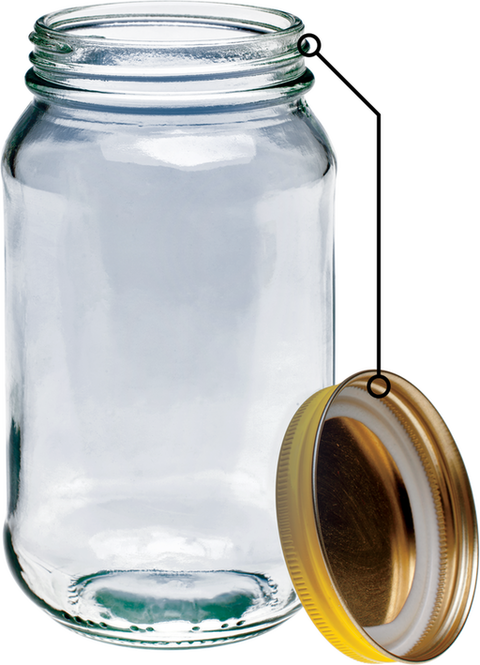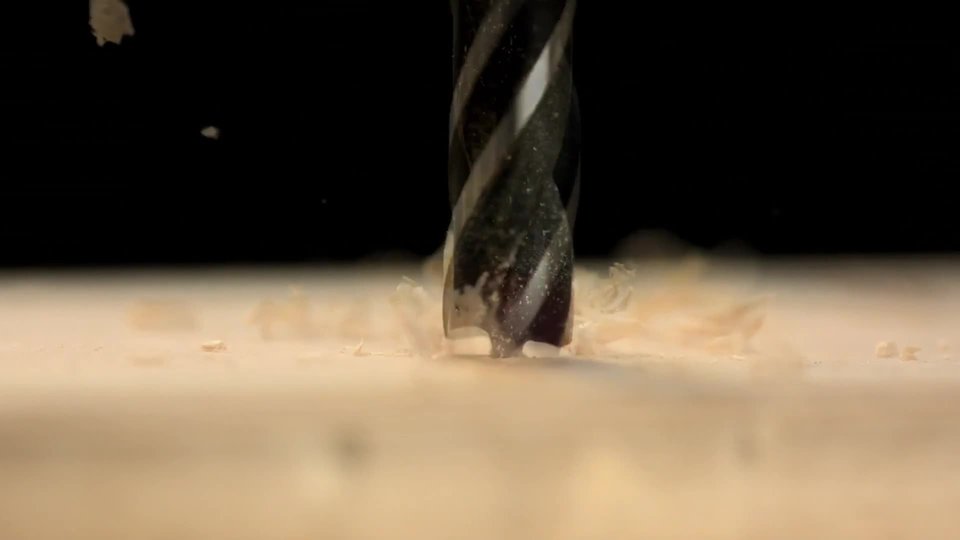It’sAllAboutTrade‑offs
Thinkbacktothedifferentkindsofscrewsyouusedtobuildthedoghouse.Eventhoughthescrewswerethesamelength,thethreadsweredifferent.Thescrewswithmorethreadswereeasiertoturn,butyouhadtoturnthemmore often.
That’sthethingaboutasimplemachine:therearealwaystrade‑offs.Themorethreadsascrewhas,thelessforceyouhavetoapply.But,youhavetoapplythatforceoveragreaterdistance.Youmightbethinking,“Whatdistance?Idon’tgoanywherewhenIturnascrewdriver.”Yourbodydoesn’t,butyourhand does.
Thinkaboutthecircleyourhandmakeswhenyouturnthescrewdriver.Ascrewwith30threadsmeans30turnsofthescrewdriver.Stretchoutthoseturns.Addthemup.Nowyoucanseethatyouapplytheturningforceoveradistanceofseveral feet.
Doyouwanttocutdownonthatdistance?Okay,butbepreparedtosupplymoreforcewitheachturn.It’slikemovingastackofbooksfromonedesktoanother.Youcanmovethestackbytakingacouplebooksatatime.Youuselittleforcetopickupthebooks,andyouhavetomakemoretrips.Oryoucanmovethewholestackatonce.Youusealotmoreforce,andit’sonlyonetrip.Ifthewholestackistooheavyortoodangeroustocarry,thenit’sworththeextra trips.
It’sthesamethingwiththescrewwithfewerthreads.Youhavetoputinalotmoreefforttoprovidetheforceittakestoturnthescrew.Maybeit’smoreeffortthanyoucanmuster.Plus,fewerthreadsprovidelessfrictiontoholdthescrewin place.
So,whenitcomestotrade‑offswiththissimplemachine,it’susuallybettertotradedistanceforeffort.Andthat’s notabad trade!

Amasonjaranditslidhavethreadsthatfit together.
HoldonTight
Screwscomeinmanydifferentshapesandsizes.Howdoyoutakeoffthelidfromajaroftomatosauceorpickles?Youunscrewit!That’sbecauseajarlidisascrew.Unscrewthelidandtakealookattherimofthejar.Youcanseeandfeelthethreadsthatspiralaroundtherim.Nowlookinsidethelid.Ithasthreads,too.Theyfitbetweenthethreadsoftherim.Thethreadsmatchuptogripandformatightsealonthe jar.
Canyouthinkofotherexamplesofscrewsthatgrip?Howaboutthecapsofwaterbottlesandmilkcontainers?Lookthroughakitchenpantryorrefrigerator.Youmightfindalotofexamplesofhowscrewssealfoodsintheircontainers.Thatpreventsspillsandkeepsthefoods fresh.
Screwskeepmorethanlidstight.Whatisthestemofalightbulb?Correct!It’sascrew.Thethreadsofthestemturnbetweenthethreadscutintothesocket.Frictionbetweenthesethreadskeepsthebulbinplace.Agoodthing,too!Lightbulbsintheceilinghangupsidedown.Iftheyjustslippedintoplaceinsteadbeingscrewedintoplace,theymightfalloutontoyour head!

Thethreadsonalightbulbstemscrewintothesocketofa light.
Evenadrillbitisshapedlikeascrew!Canyouseethe thread?
DigIn
Whenyoudriveascrewintoapieceofwood,thejobiseasierifanarrowholeisalreadythere.That’swhereadrillhelps.Andguesswhat?Adrillbitisa screw.
Amotorspinsthedrillbitquickly.Thetipofthebitispointedsothatiteasilydigsthroughthewood.Inacoupleseconds,youhaveanarrowholethatyoucanmakealittlebiggerwhenyoudrivein the screw.
Largerdrillsmakelargerholesintheground.Somedrillsdigthroughsoilandrocktomakewellsforwateroroil.Otherdrillsmakeholestosetfence posts,telephonepoles,andlight poles.
